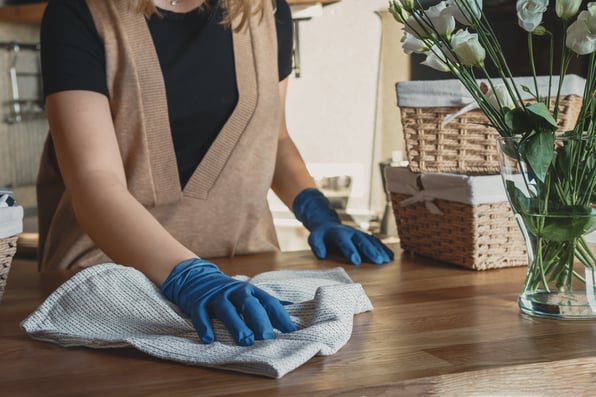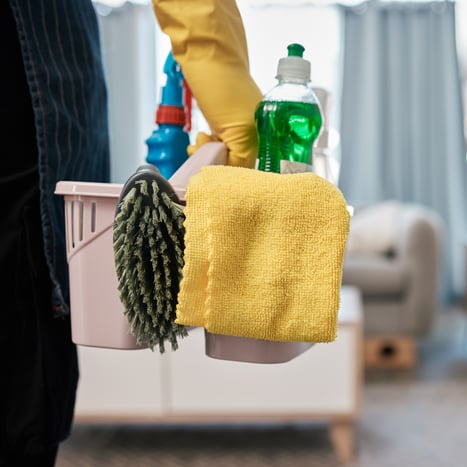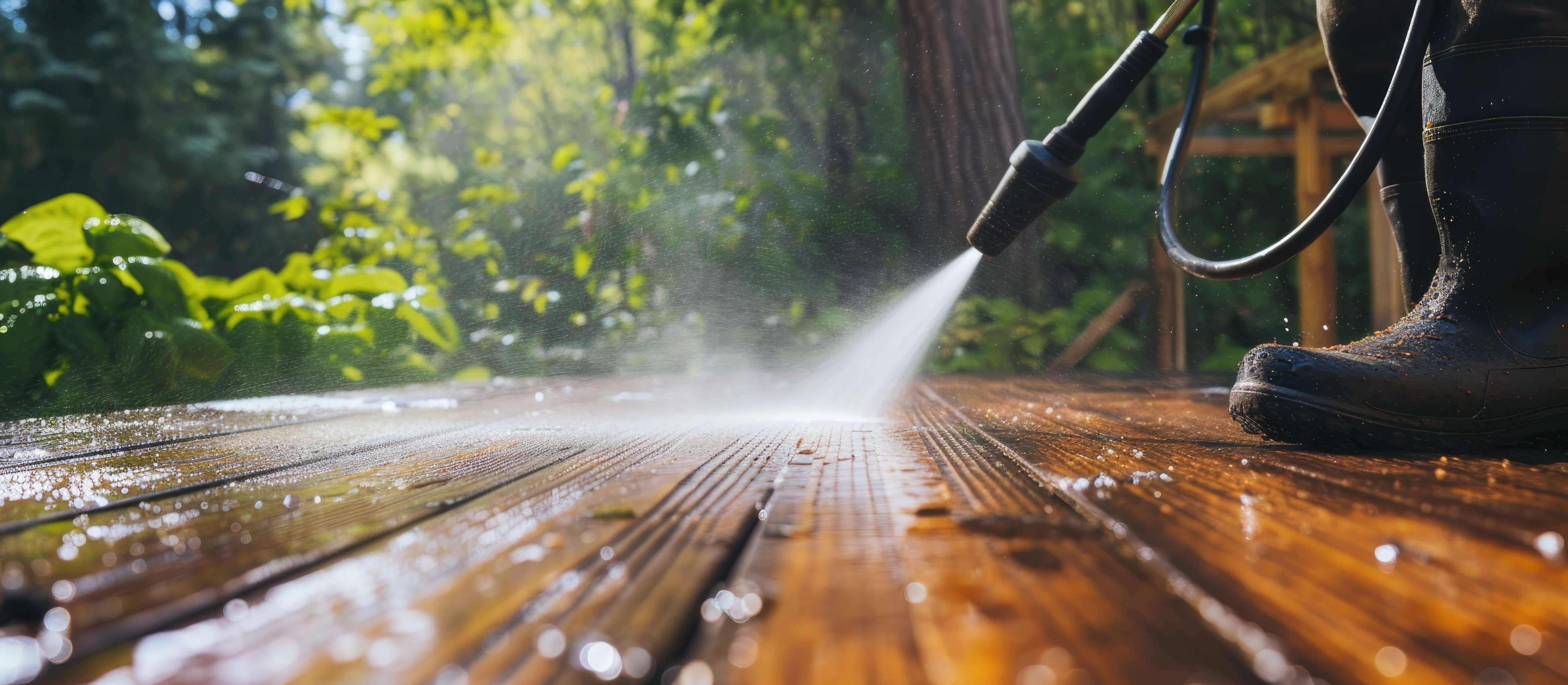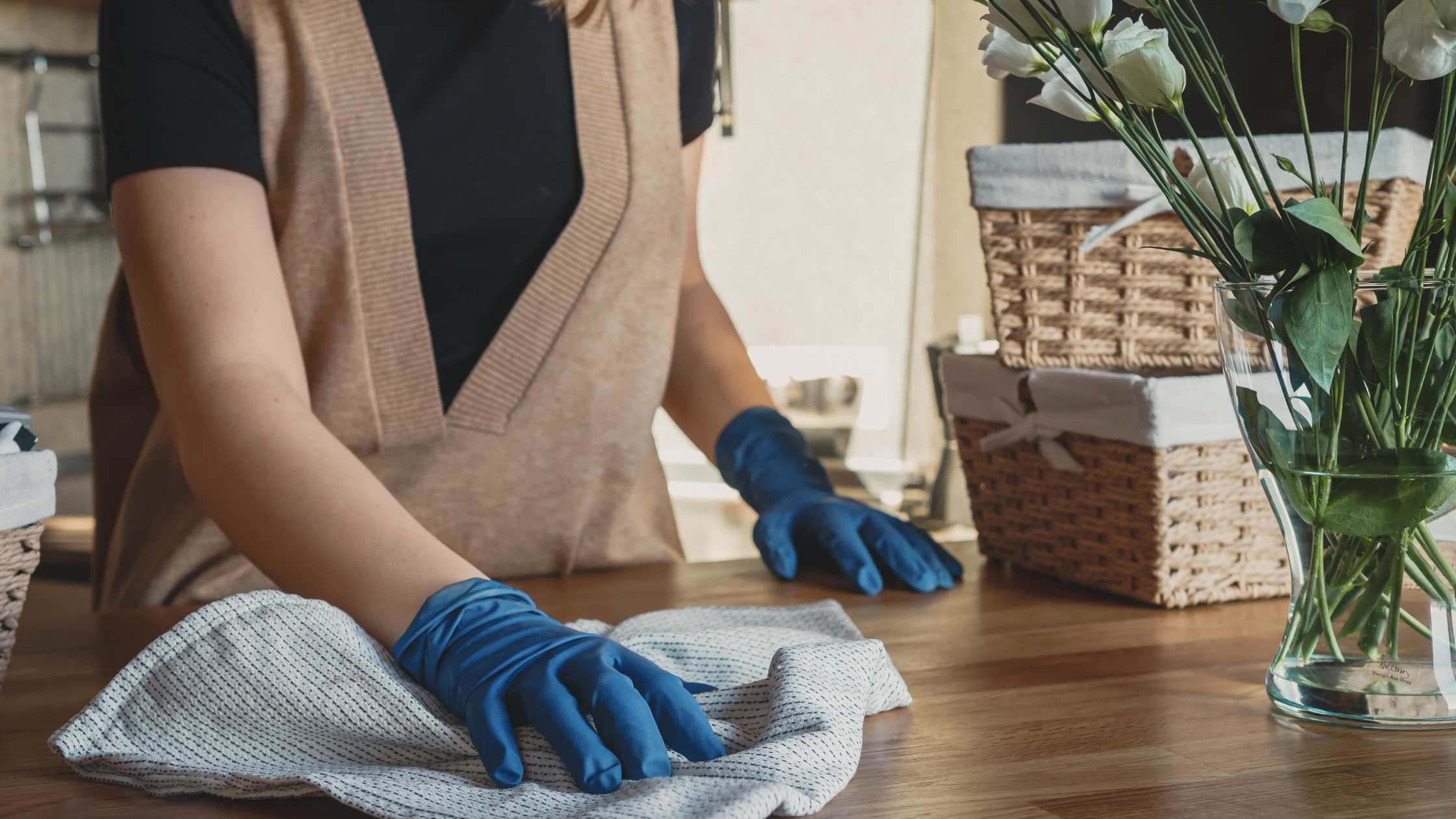Spring cleaning is a time to refresh your home and banish the winter blues. But amidst the flurry of dusting, organizing, and scrubbing, it’s easy to overlook the potential hazards lurking in your cabinets.
Many common cleaning products contain hazardous materials that require special disposal methods. Improper disposal of these materials can harm the environment and pose health risks to you and your family.
This blog post will guide you through the safe handling, storage, and disposal of hazardous household waste (HHW) during your spring cleaning spree.

Identifying Household Hazardous Waste (HHW)
The first step is to identify the potential culprits in your cleaning arsenal. Look for products with labels that contain warnings such as “flammable,” “corrosive,” “toxic,” or “danger.” However, some hazardous products may not have such explicit warnings. Here’s a more comprehensive list of common HHW items you might find around the house, categorized by their potential hazards:
Flammable Liquids
- Paint and paint thinners
- Varnishes and stains
- Lighter fluid
- Kerosene
- Gasoline (small amounts leftover from lawnmowers or gas cans)
- Acetone (nail polish remover)
Corrosive Materials
- Drain cleaners
- Toilet bowl cleaners
- Oven cleaners
- Rust removers
- Pool chemicals (with a pH below 7 or above 7.5)
Toxic Substances
- Ammonia-based cleaners
- Disinfectants
- Weed killers and pesticides
- Rodenticides
- Mercury-containing products (thermostats, thermometers, some fluorescent bulbs)
Other Hazardous Materials
- Old batteries (car batteries and rechargeable batteries)
- Used motor oil and antifreeze
- Photographic chemicals
Look Beyond the Label
While the presence of hazard warning labels is a clear giveaway, it’s important to be mindful of products that might not have such explicit warnings. Here are some additional tips for identifying potential HHW:
- Products with strong, unpleasant odors: These could indicate the presence of volatile organic compounds (VOCs), which can irritate the respiratory system and contribute to air pollution.

- Thick, oily, or sludge-like consistency: Products with this appearance often contain harsh chemicals that require special disposal.
- Products past their expiration date: Chemical properties can degrade over time, potentially making expired cleaning products more hazardous.
When in Doubt, Throw it Out (Safely)
If you’re unsure whether a product is hazardous waste, err on the side of caution and consider it HHW. It’s always better to dispose of it safely through a designated HHW program than risk improper disposal.
By following these tips, you can effectively identify potential HHW lurking in your home during spring cleaning. Remember, a little vigilance goes a long way in protecting your health and the environment.
Safe Handling and Storage
Spring cleaning often involves decluttering and reorganizing, but when it comes to hazardous household waste (HHW), proper handling and storage are crucial before disposal. These measures not only protect you and your family from accidents and harmful exposures but also prevent spills and leaks that could contaminate your home or the environment. Here’s a detailed guide on safe handling and storage of HHW during your spring cleaning.
Preparation is Key
- Gather your supplies: Before tackling your cleaning cabinets, have the necessary personal protective equipment (PPE) on hand. This should include gloves, eye protection (safety goggles or a face shield), and a well-ventilated mask, especially when dealing with strong chemicals or dusty powders.
- Read the label carefully: Every HHW product has a label with important information. Take the time to read and understand the instructions for safe handling, storage, and disposal. Pay close attention to any hazard warnings and pictograms that indicate the product’s potential dangers (e.g., flammability, corrosiveness, toxicity).
- Clear a designated storage area: Ideally, choose a cool, dry, and well-ventilated location away from heat sources and direct sunlight. This could be a basement utility room, a locked cabinet in the garage (as long as it’s not attached to the house), or a dedicated outdoor shed (ensure proper ventilation and secure storage to prevent tampering).
Safe Handling Practices
- Never mix HHW products: Mixing different cleaning chemicals can create dangerous reactions, releasing harmful fumes or even causing explosions. Always use cleaning products according to their individual instructions and never combine them in a single container.
- Minimize contact: Wear appropriate PPE whenever handling HHW products. Avoid direct skin contact and inhalation of fumes. If spills occur, clean them up immediately following the instructions on the product label.
- Transportation within the home: Be mindful when transporting HHW products around the house. Carry them upright and secure the lids to prevent spills or leaks. Avoid transporting them near open flames or heat sources.
Storage Best Practices
- Keep HHW in their original containers: The original packaging often provides the most secure storage for the product. Ensure the lids are secure and any damaged containers are replaced with appropriate leak-proof alternatives.
- Label unknown containers: If you have any unlabeled HHW containers, clearly label them with the contents and date before storing them. This will help you identify the product later and ensure safe handling during disposal.
- Store products on a low shelf: This minimizes the risk of them being knocked over or falling and causing spills.
- Segregate incompatible materials: Store flammable liquids away from corrosive materials and oxidizing agents. Keep strong acids and bases separate from each other. Refer to the safety data sheet (SDS) for specific storage recommendations if available.
- Consider secondary containment: For extra peace of mind, especially for potentially leaky containers, place HHW products within a larger, leak-proof container (e.g., a plastic bin with a lid) to contain any spills or leaks.
By following these safe handling and storage practices, you can minimize the risks associated with HHW during your spring cleaning and ensure a safer environment for yourself and your loved ones. Remember, a little precaution goes a long way in preventing accidents and protecting your well-being.
Disposal Do’s and Don’ts
Now comes the disposal question. Here’s what to avoid:
- Never pour HHW down the drain or toilet. This can contaminate water supplies and harm aquatic life.
- Don’t toss them in the regular trash. This can pose a risk to sanitation workers and potentially contaminate landfills.
Here’s the right approach:
- Check with your local municipality for HHW collection events or permanent drop-off facilities. Many communities organize regular HHW collection days where residents can safely dispose of unwanted hazardous materials.
- Search online for HHW disposal information specific to your area. Municipal websites often provide detailed instructions and resources for proper HHW disposal.
Spring Cleaning with a Sustainable Mindset
Spring cleaning doesn’t have to be synonymous with harsh chemicals. Consider incorporating some eco-friendly practices into your cleaning routine. Here are a few ideas:
- Embrace natural cleaning solutions: For many cleaning tasks, a simple solution of vinegar, baking soda, and lemon juice can be just as effective as harsh chemical cleaners. These natural alternatives are not only safer for your family and the environment, but they are also often more cost-effective.
- Invest in reusable cleaning cloths: Ditch the disposable paper towels and opt for reusable microfiber cloths. These can be washed and reused multiple times, reducing waste and saving money in the long run.
- Look for green cleaning products: If DIY solutions aren’t your forte, there are many commercially available cleaning products formulated with plant-based ingredients and minimal environmental impact.

Spring Cleaning with Safety in Mind
Spring cleaning is a time to refresh your home and banish the winter blues. But amidst the flurry of dusting, organizing, and scrubbing, it’s easy to overlook the potential hazards lurking in your cabinets. Many common cleaning products contain hazardous materials that require special disposal methods. Improper disposal of these materials can harm the environment and pose health risks to you and your family.
Additionally, spring cleaning might be the catalyst for tackling your HHW, but safe disposal habits should extend beyond this seasonal ritual. Here are some tips for ongoing responsible disposal:
- Buy only what you need: Avoid impulse purchases of cleaning products. Plan your cleaning needs and buy only the amount of product you’ll realistically use within a reasonable timeframe.
- Check expiration dates: Expired cleaning products can lose their effectiveness and may even become hazardous. Regularly check your cleaning supplies and dispose of any expired items properly.
- Stay informed: Many communities offer regular HHW collection events or have permanent drop-off facilities. Sign up for community newsletters or visit your municipality’s website to stay informed about HHW disposal options in your area.
By following these tips and adopting a more mindful approach to cleaning products, you can contribute to a safer and healthier environment for yourself, your family, and your community. So, this spring cleaning season, embrace the opportunity to declutter your home and your cleaning routine, prioritizing both safety and sustainability. Happy cleaning!

